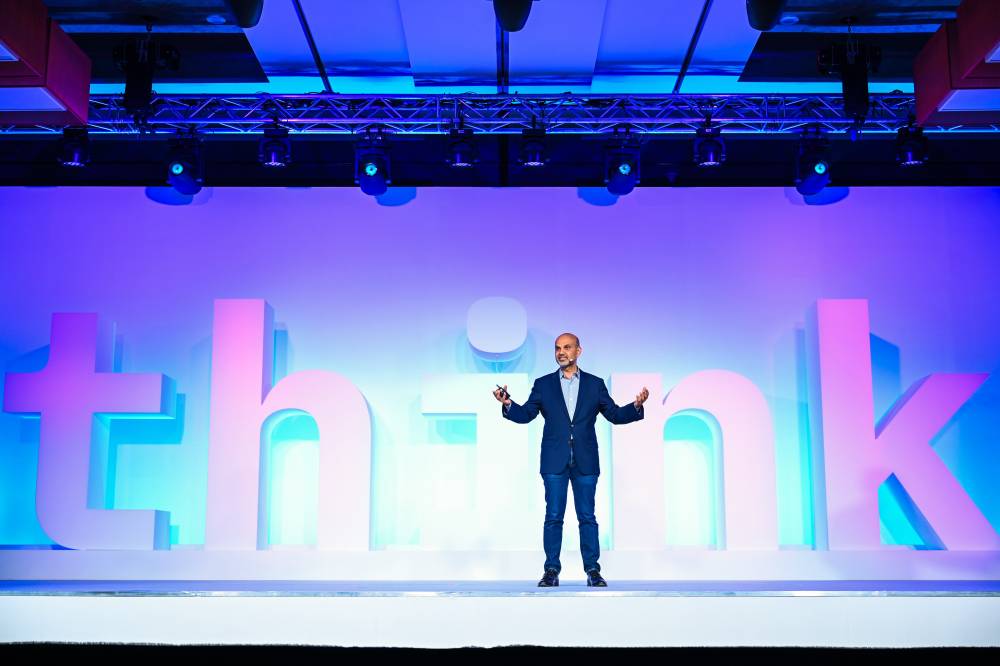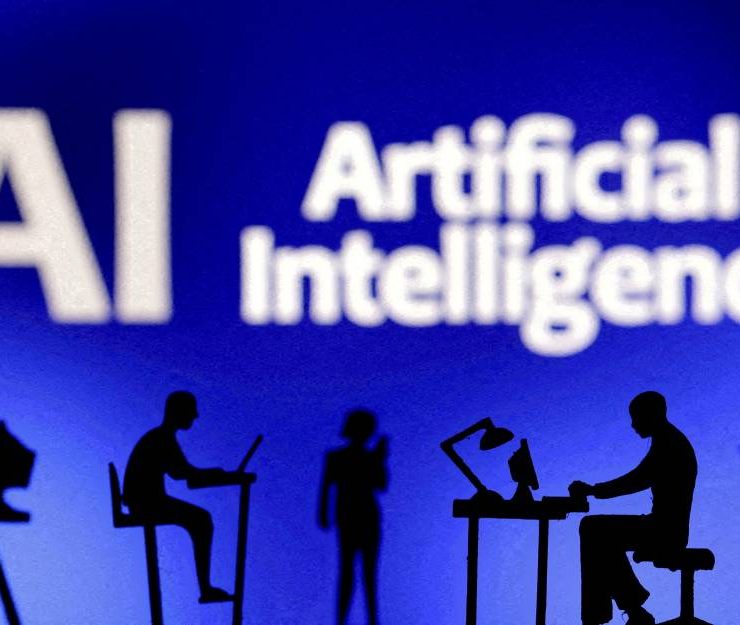Adopt AI or perish, CEOs told

The singular message of the recently concluded IBM Think 2024 conference in Singapore to corporate chief executives could not be any clearer: Start adopting artificial intelligence (AI) into your operations or risk the very real possibility of losing parts—perhaps even the whole—of your customer base to the more bold and agile competitors who want to thrive amid the new technological world order.
As much as 85 percent of the organizations in the Association of Southeast Asian Nations do acknowledge the potential of AI to transform their businesses and allow them to hit their strategic goals.
However, just 17 percent have a well-defined strategy in place and this leaves most organizations without a clear roadmap for success, according to “The AI Readiness Barometer: AI Landscape” study commissioned by IBM.
As the study revealed, there is “a significant gap between organizational optimism about AI readiness and the harsher reality.”
Among the reasons for that low number is the uncertainty over what AI can specifically do to help them, over whether the financial and human resources that will be deployed to adopt AI will be worth the investment.

This was based on the perspectives of 372 technology, data and business leaders in Singapore, Indonesia, Thailand, Malaysia and the Philippines. The data were collected from March to April this year and provide comprehensive insights into the challenges and opportunities of AI adoption in Southeast Asia.
Leveraging AI
Mohamad Ali, senior vice president of IBM Consulting, told the Inquirer in an interview in Singapore that there was indeed a risk of a reputational damage to a company if it fails to execute its AI strategy properly. However, staying on the sidelines and just letting others forge ahead pose an even bigger risk.
“If you don’t participate in it and you miss the opportunity and your competitor is able to do whatever it is you’re doing today in half the time, or half the cost or whatever, then there’s huge risks to you,” said Ali, “So you have to participate. You have to leverage an AI in truly a trusted, governed, secured way.”
Ali underscored that companies can start small, perhaps apply AI technology on internal processes first before adopting it to operations that deal directly with the customers. But what companies cannot afford to do, he said, is not do anything at all.
“Because if they don’t, their competitors are going to do it and they’re going to fall behind. Just look around. Everybody is heading in this direction,” Ali said.
Given this, the top AI priority among organizations for this year and 2025 is to identify business use cases to pilot or run a proof of concept. Others include improving data quality and upskilling and reskilling employees to be data-ready.
For organizations that are already harnessing the power of AI, the applications are mainly in intelligent document processing, support and helpdesk applications, payment and invoicing automation, content strategy and creation and recruitment.
Boost employee productivity
According to IBM, the major areas where Generative AI—or artificial intelligence capable of generating text, photos, videos, codes, data, among others—is being applied are human resources, marketing and information technology.
Organizations, for example, are using Gen AI to automate tedious tasks, such as translation to boost employee productivity so that employees can focus on higher-value work.
IBM has applied its own AI technology, for instance, to achieve cost savings and productivity improvements. This led to a 40-percent reduction in HR operating costs, with 94 percent of company-wide requests for information and action handled by its digital assistant AskHR.
On average, IBM said that 87 percent of executives expect job roles to be augmented, rather than replaced, by Gen AI. Organizations, they said, should develop “human-machine partnerships.”
For customer services, IBM cited how a financial services company uses Gen AI to rapidly analyze their own customer data, as well as data form secondary sources, to determine which customers are more likely to, for example, open a bank account, apply for a loan or invest assets.
Gen AI can also help financial institutions personalize their approach to their customers, translate information into the customers’ preferred language and customize offers to generate the best response, translating to an improved bottom line.
Rafaelita Aldaba, undersecretary for competitiveness and innovation group of the Department of Trade and Industry, said that overall, deploying generative AI “can unlock $79.3 billion in productive capacity in the Philippines.”
But the Philippines has to work double time to get itself ready to make the most of Gen AI. According to the study “The Current State of Generative Gen AI in Asia-Pacific,” the Philippines was ranked 12th among 14 economies in Asia-Pacific in terms of progress in automation based on spending for AI platforms.
But at least the intention to adopt AI is already there and local companies can partner with technology partners such as IBM to help them identify where and how they can deploy Gen AI.
As Ullrich Loeffler, chief executive officer of Ecosystm, which conducted the IBM study, said: “Tech partners become invaluable allies, helping organizations identify high-potential use cases, choose the right AI tools and optimize workflows for AI through process reengineering.”
Through open communication and clear alignment with partners, organizations can effectively unlock AI’s full potential and achieve their business goals.





















